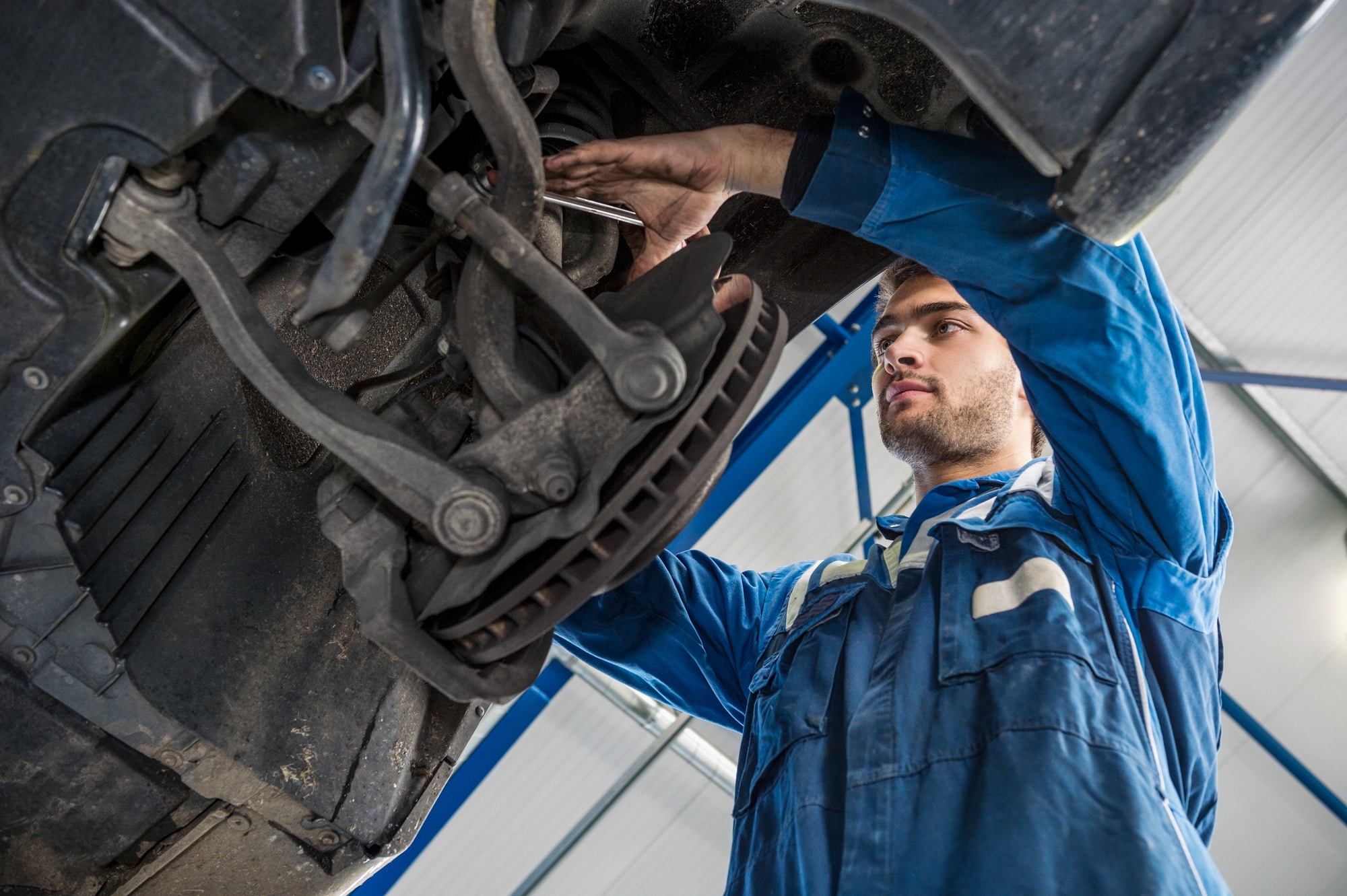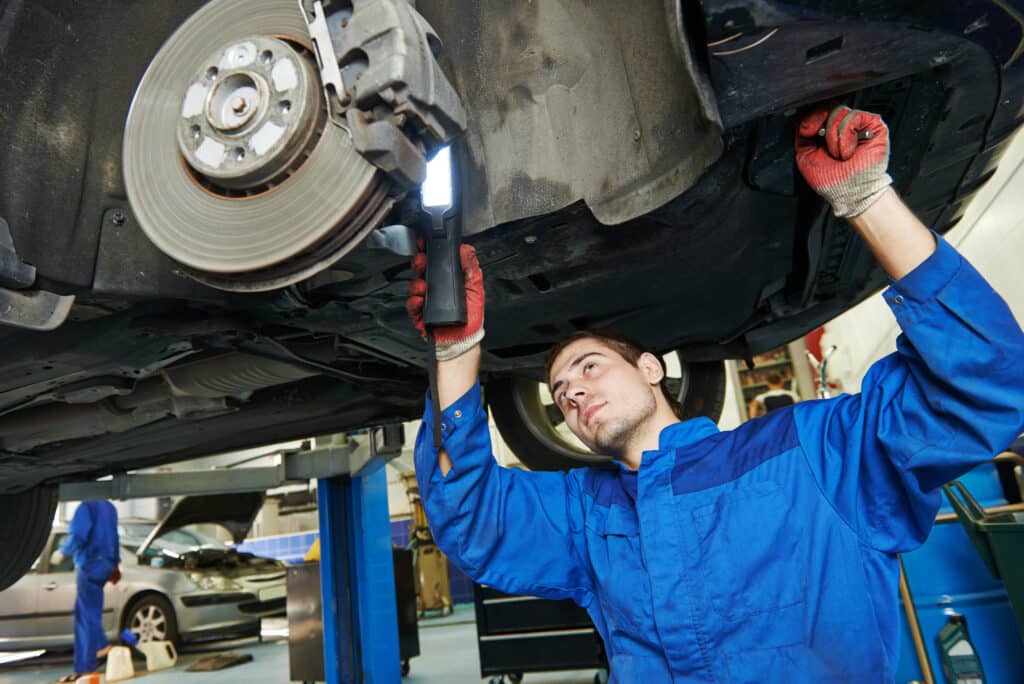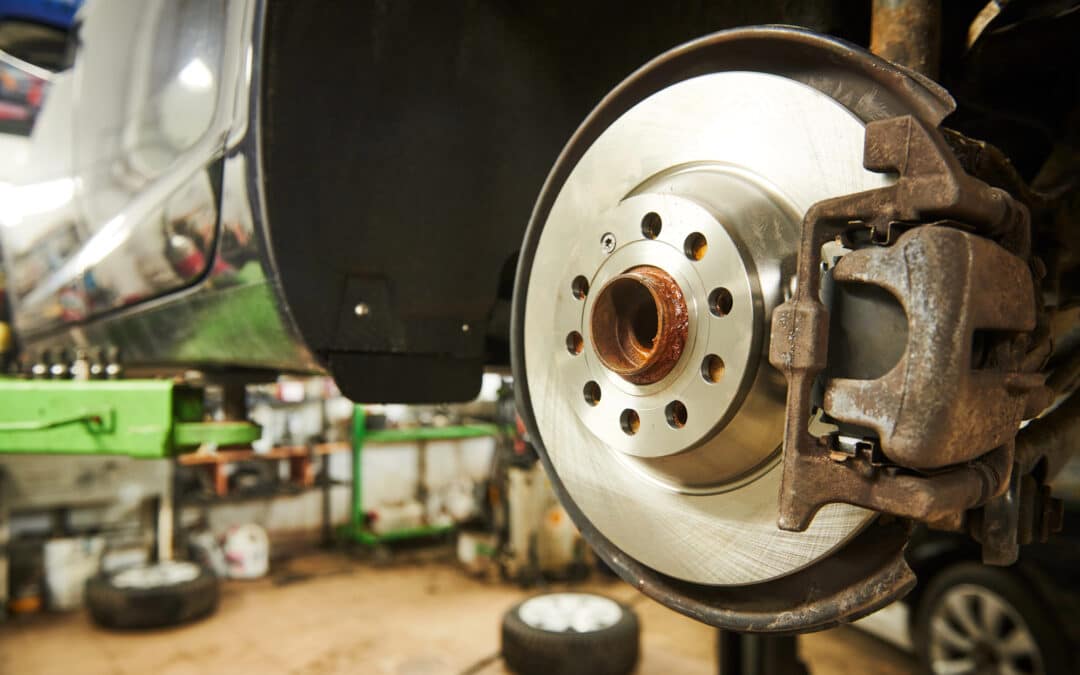Your brakes are arguably the most critical safety feature of your vehicle, yet they’re often overlooked until something goes wrong. Every time you press that brake pedal, you’re trusting a complex system of components to bring thousands of pounds of metal to a safe stop. At Pyle Automotive, we’ve seen firsthand how regular brake inspections can mean the difference between a close call and a catastrophic accident.
Most drivers don’t think about their brakes until they hear that unmistakable screech or feel the pedal sink toward the floor. By then, what could have been a routine maintenance issue has often escalated into an expensive repair or, worse, a dangerous situation. Understanding why brake inspections matter and what they involve can help you stay ahead of potential problems and keep you and your passengers safe on the road.
The Hidden Dangers of Neglected Brakes
Brake systems don’t fail overnight. They deteriorate gradually, often giving subtle warning signs that many drivers miss or ignore. Worn brake pads can damage rotors, turning a simple pad replacement into a costly rotor resurfacing or replacement. Old brake fluid can become contaminated with moisture, leading to corrosion within the brake lines and reduced stopping power when you need it most.
At Pyle Automotive, our technicians regularly encounter vehicles where minor brake issues have snowballed into major safety hazards. We’ve seen brake pads worn down to the metal backing, rotors warped beyond repair, and brake fluid so degraded it resembles chocolate milk. These situations could have been prevented with regular brake inspections that catch problems early.
The consequences of brake failure extend far beyond repair costs. According to the National Highway Traffic Safety Administration, brake-related issues contribute to thousands of accidents each year. When your brakes fail, you’re not just risking your own safety but the safety of every other driver, cyclist, and pedestrian sharing the road with you.
What Happens During a Professional Brake Inspection

Car’s Alignment Maintenance
A comprehensive brake inspection involves much more than a quick visual check. Professional technicians at facilities like Pyle Automotive examine every component of your brake system to ensure optimal performance. This process begins with measuring brake pad thickness to determine remaining life and checking for uneven wear patterns that might indicate alignment issues or stuck calipers.
The inspection continues with an examination of brake rotors and drums for scoring, warping, or excessive wear. Technicians also check brake fluid levels and quality, looking for signs of contamination or moisture that could compromise braking performance. The brake lines, hoses, and connections are inspected for leaks, cracks, or corrosion that could lead to sudden brake failure.
Modern vehicles often include additional brake system components like ABS sensors and electronic brake force distribution systems. A thorough inspection includes testing these electronic components to ensure they’re functioning correctly and communicating properly with your vehicle’s computer systems.
Recognizing the Warning Signs

brake replacement
Your vehicle often communicates brake problems through various warning signs, but knowing what to look and listen for can help you address issues before they become dangerous. Squealing or grinding noises when braking typically indicate worn brake pads, while a spongy or soft brake pedal often suggests air in the brake lines or low brake fluid levels.
Vibrations or pulsing sensations when braking usually point to warped rotors, while a brake pedal that sinks to the floor may indicate a serious brake fluid leak. Some drivers notice their vehicle pulling to one side when braking, which can signal uneven brake wear or a stuck caliper. The brake warning light on your dashboard should never be ignored, as it typically indicates low brake fluid or a malfunction in the brake system.
At Pyle Automotive, we encourage drivers to pay attention to these warning signs and schedule an inspection as soon as they notice any changes in their vehicle’s braking performance. Addressing these issues promptly can prevent more serious problems and ensure your safety on the road.
The Financial Benefits of Prevention
Regular brake inspections aren’t just about safety; they’re also about protecting your wallet. Replacing worn brake pads is significantly less expensive than replacing damaged rotors, and both are far cheaper than dealing with the aftermath of a brake-related accident. Insurance deductibles, medical bills, and vehicle replacement costs can quickly add up when brake failure leads to a collision.
Pyle Automotive has helped countless customers avoid major brake repairs by catching problems early during routine inspections. A simple brake pad replacement that might cost a few hundred dollars can prevent rotor damage that could cost twice as much. Regular brake fluid changes can prevent corrosion and expensive brake line repairs down the road.
Making Brake Safety a Priority

Auto Shop Near Me West Jordan UT
Your safety and the safety of others on the road shouldn’t be left to chance. Regular brake inspections provide peace of mind and help ensure your vehicle will stop when you need it to. Most automotive experts recommend having your brakes inspected at least once a year, though drivers who frequently drive in stop-and-go traffic or mountainous terrain may need more frequent checks.
Don’t wait for warning signs to appear before having your brakes inspected. Schedule regular brake inspections with qualified professionals like those at Pyle Automotive, by calling (801) 467-7455 and make brake safety a priority in your vehicle maintenance routine. Your life and the lives of others may depend on it.

